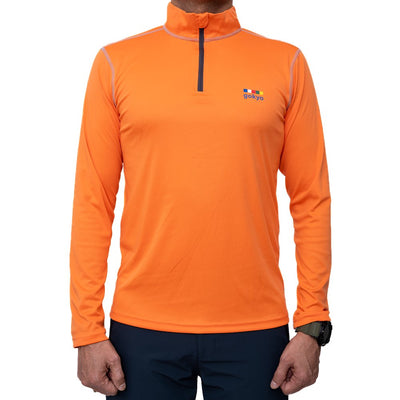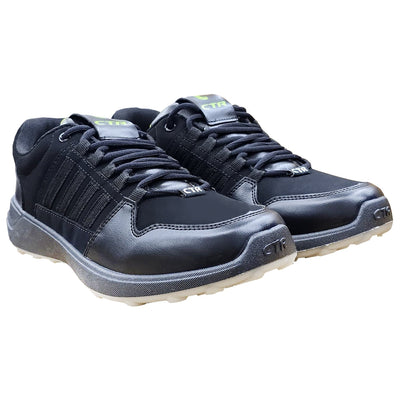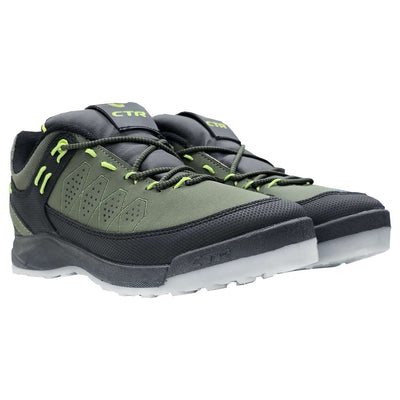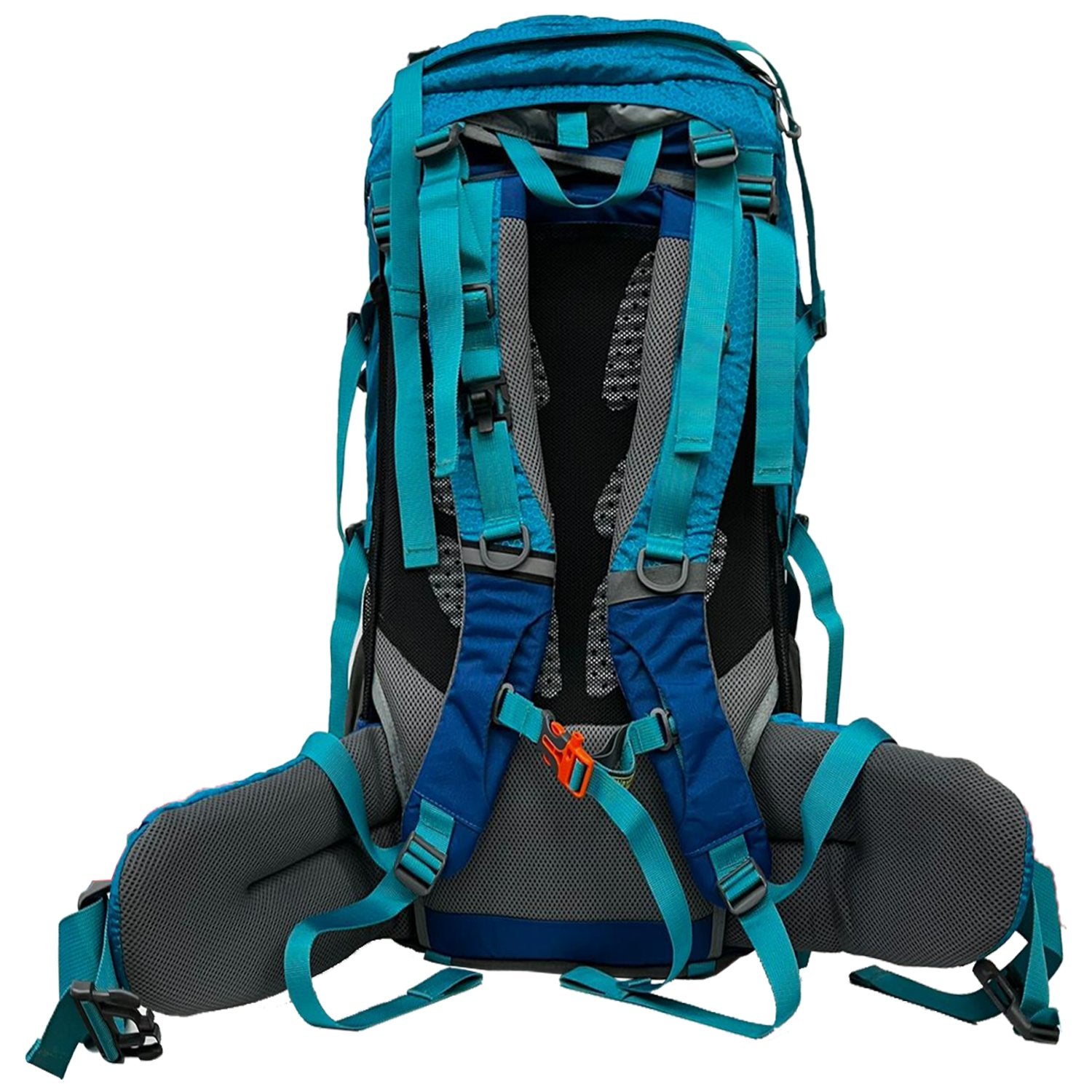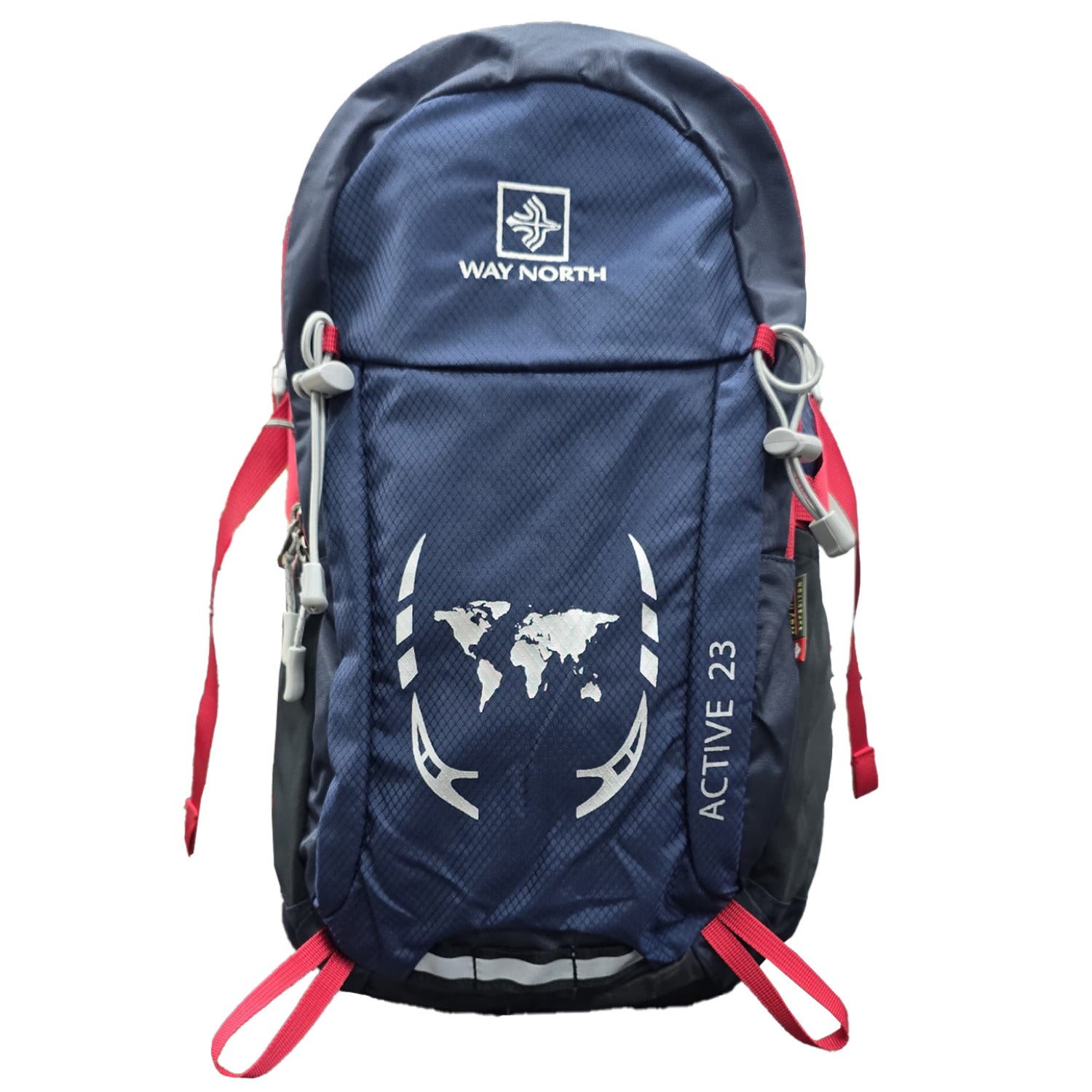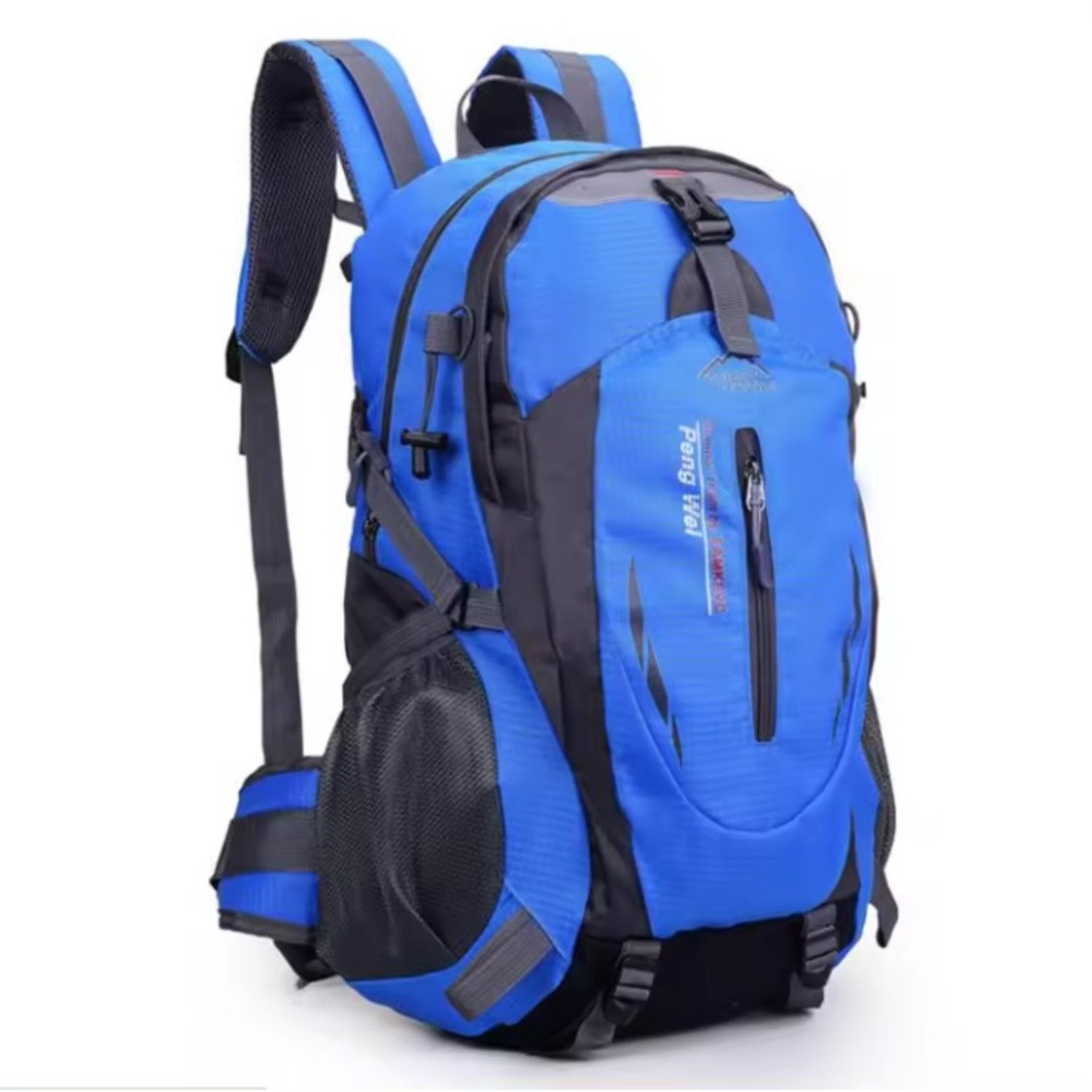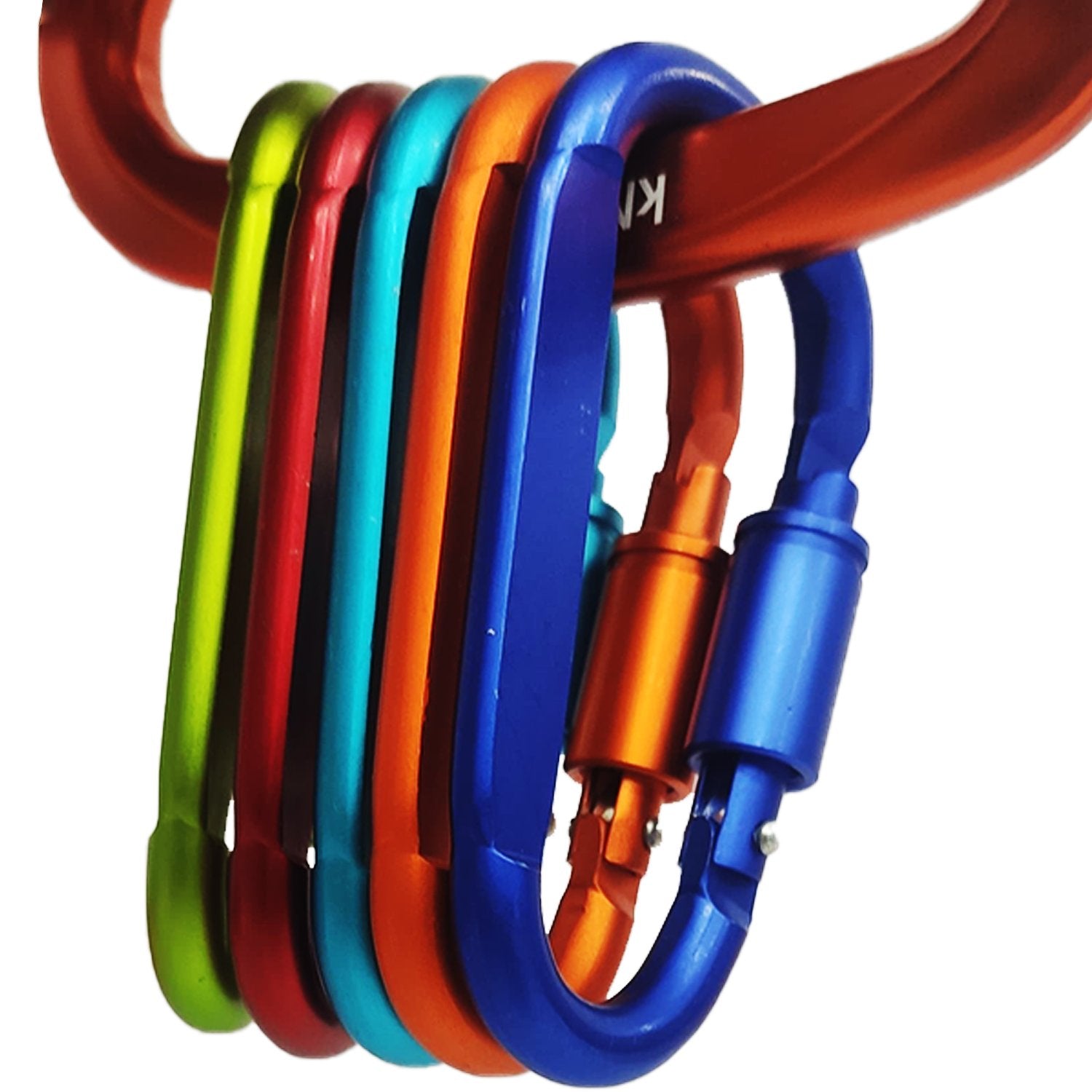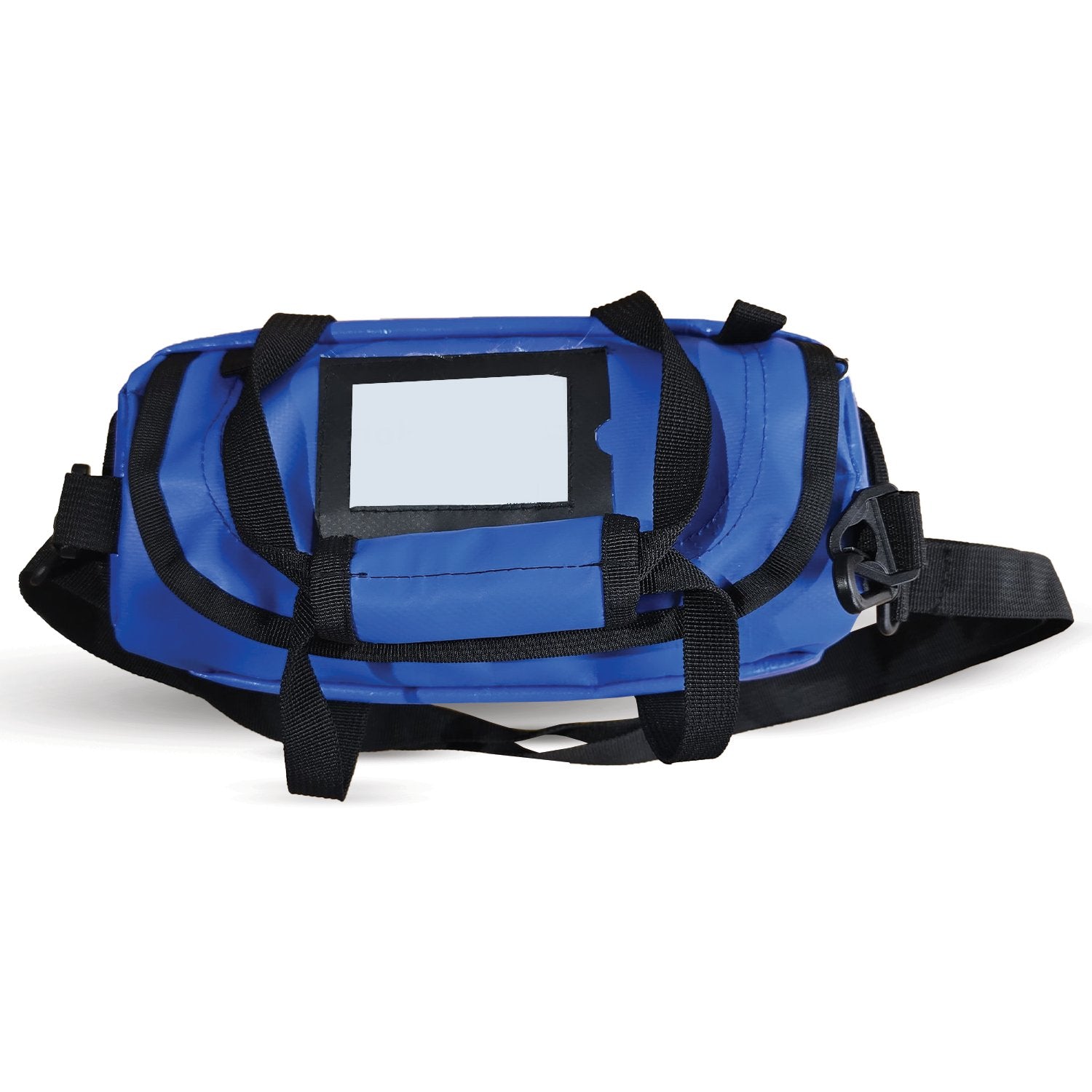The beauty of the outdoors beckons adventure seekers worldwide. However, trekking and hiking can have an impact on the natural environment. By adopting sustainable practices, we can all minimize our footprint and ensure these pristine landscapes are enjoyed by generations to come. This blog explores eco-friendly trekking tips, including choosing sustainable trekking tshirt and trekking pants, to make your adventure responsible and leave a positive impact.
Trekking T-Shirts Built for Hiking, Camping & More
Planning and Preparation:
-
Leave No Trace: The "Leave No Trace" principles are the foundation of responsible outdoor recreation. These principles include minimizing campfire impact, properly disposing of waste, respecting wildlife, and staying on designated trails. Familiarize yourself with these principles before you hit the trail.
-
Choose Durable Gear: Invest in high-quality, durable gear like trekking backpacks and hiking shoes for men that will last for years. This reduces waste generated from replacing worn-out equipment frequently. Gokyo offers a wide selection of durable, long-lasting trekking gear designed for the trail.
-
Shop Secondhand: Consider buying pre-owned gear whenever possible. This extends the life cycle of existing equipment and reduces the environmental impact of manufacturing new products.
Top Trekking Shoes for Outdoor Adventures
On the trail:
-
Minimize Waste: Pack light and avoid single-use items like disposable water bottles and food packaging. Opt for a reusable water bottle, a refillable container for snacks, and cloth handkerchiefs instead of tissues.
-
Pack It In, Pack It Out: Everything you bring on the trail needs to leave with you. Dispose of all your waste properly, including food scraps, at designated waste disposal areas. If there are none, pack out all your trash and dispose of it responsibly when you return to civilization.
-
Respect Wildlife: View wildlife from a secure distance so as to prevent harming their habitat.. Never feed wild animals, as this can disrupt their natural feeding patterns and make them dependent on humans.
- Campfire Considerations: Only build campfires in designated fire rings. Use dead and fallen wood for fuel, and never collect live branches or trees. Before leaving your campground, ensure that your fire is totally out.
Sustainable Practices at Home:
-
Gear Maintenance: Properly care for your gear to extend its lifespan. Clean your backpack and hiking shoes regularly, and follow the manufacturer's recommendations for storing and maintaining your equipment.
-
Recycle and Reuse: Recycle any unusable gear or clothing at the end of its lifespan. Many outdoor brands offer recycling programs for their products. Consider donating used gear in good condition to charity shops or online marketplaces.
-
Educate Others: Share your eco-friendly trekking practices with friends and family who enjoy the outdoors. By raising awareness, we can all contribute to a more sustainable future for our natural world.
Choosing Eco-Friendly Gear:
Look for companies that prioritize sustainability in their manufacturing processes and use recycled materials whenever possible. We are committed to responsible sourcing and high-quality products built to last. Our selection of trekking backpacks and hiking shoes for men is designed for durability and performance, minimizing the need for frequent replacements.
The Journey Matters:
By incorporating these eco-friendly practices, you can minimize your environmental impact and ensure your trekking adventures are a force for good. Remember, it's not just about the destination; it's about the journey and the respect we show for the natural world we explore. Let's all strive to leave a positive trace on the trails we conquer.
Frequently Asked Questions (FAQs) :
-
What are the "Leave No Trace" principles?
"Leave No Trace" principles involve minimizing your impact on nature by avoiding campfire damage, properly disposing of waste, respecting wildlife, and sticking to designated trails.
-
How can I choose sustainable trekking gear?
Opt for durable, high-quality gear that lasts longer, consider secondhand options to reduce environmental impact, and choose products from companies that prioritize sustainability and use recycled materials.
-
What are some tips for minimizing waste on the trail?
Pack light, avoid single-use items, and use reusable containers for water and snacks. Bring cloth handkerchiefs instead of tissues and pack out all waste, including food scraps.
-
How should I handle campfires during my trek?
Only build campfires in designated fire rings using dead, fallen wood. Ensure your fire is completely out before leaving and never collect live branches or trees.
-
What should I do if there are no waste disposal facilities on the trail?
Pack out all your trash, including food scraps, and dispose of it responsibly when you return to civilization. This helps keep trails clean and preserves the environment.
-
How can I extend the life of my trekking gear?
Properly maintain your gear by cleaning it regularly, following storage instructions, and recycling or donating any unusable items. This helps reduce waste and supports a sustainable outdoor lifestyle.


